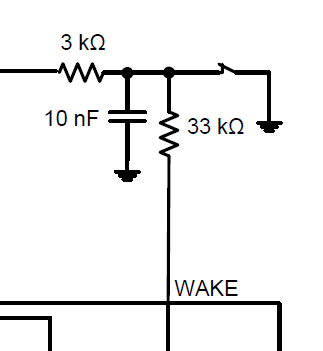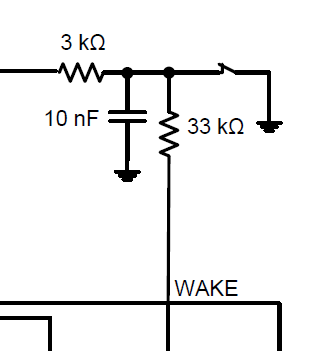Other Parts Discussed in Thread: TCAN4550
Dear team,
My customer has some questions when using TCAN4550-Q1 as below,
1. when pin3 GPIO1 is not used, this pin can be floating,right?
2. does our device support wake up in standby mode? (using CLKIN from MCU schematic) How do I configure related pins?
3. Is this pin related to the wake-up function? If this pin is floating, does this device still have the wake up function?
Could you please help answer these questions?
Thanks & Best Regards,
Sherry



